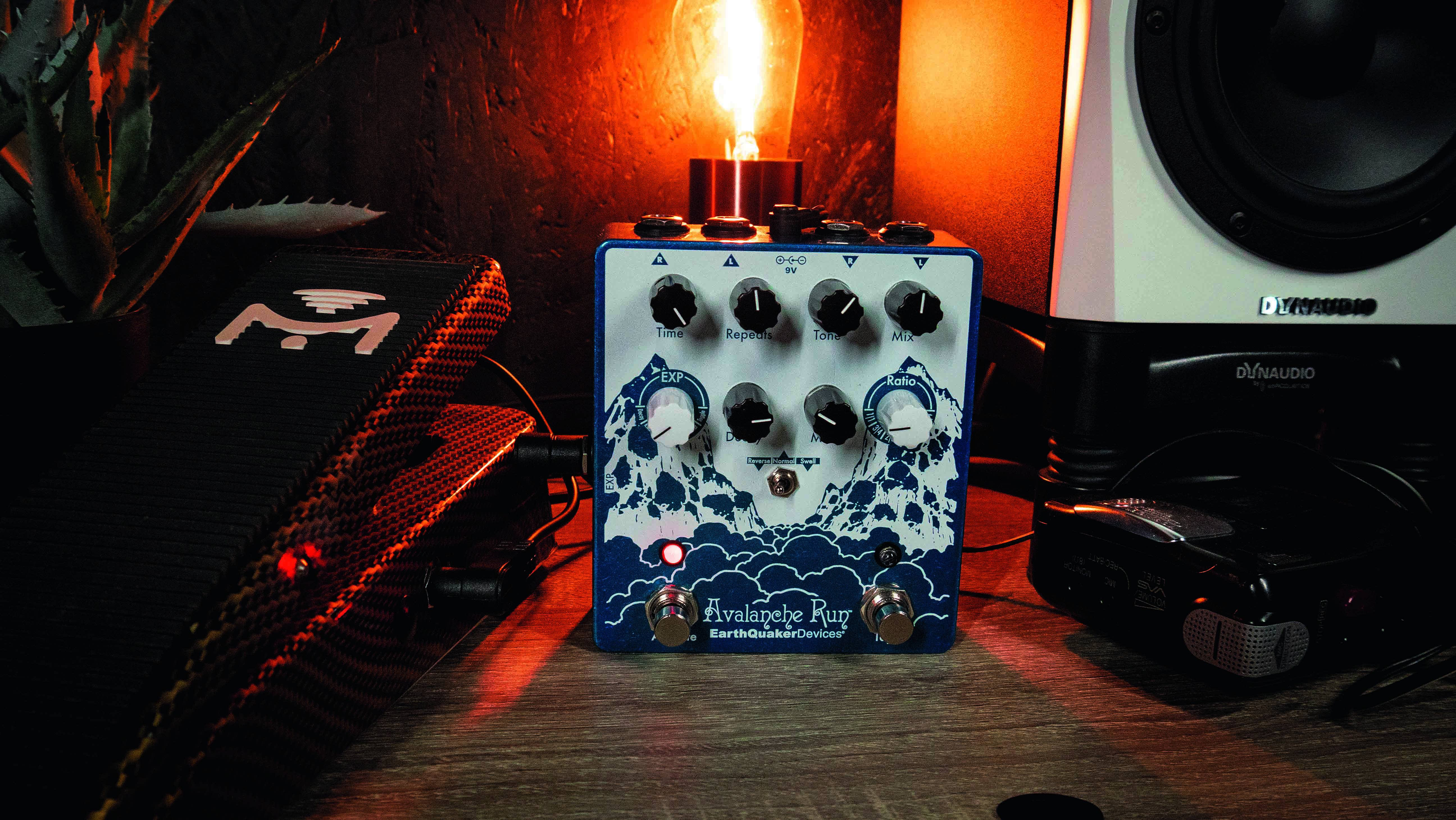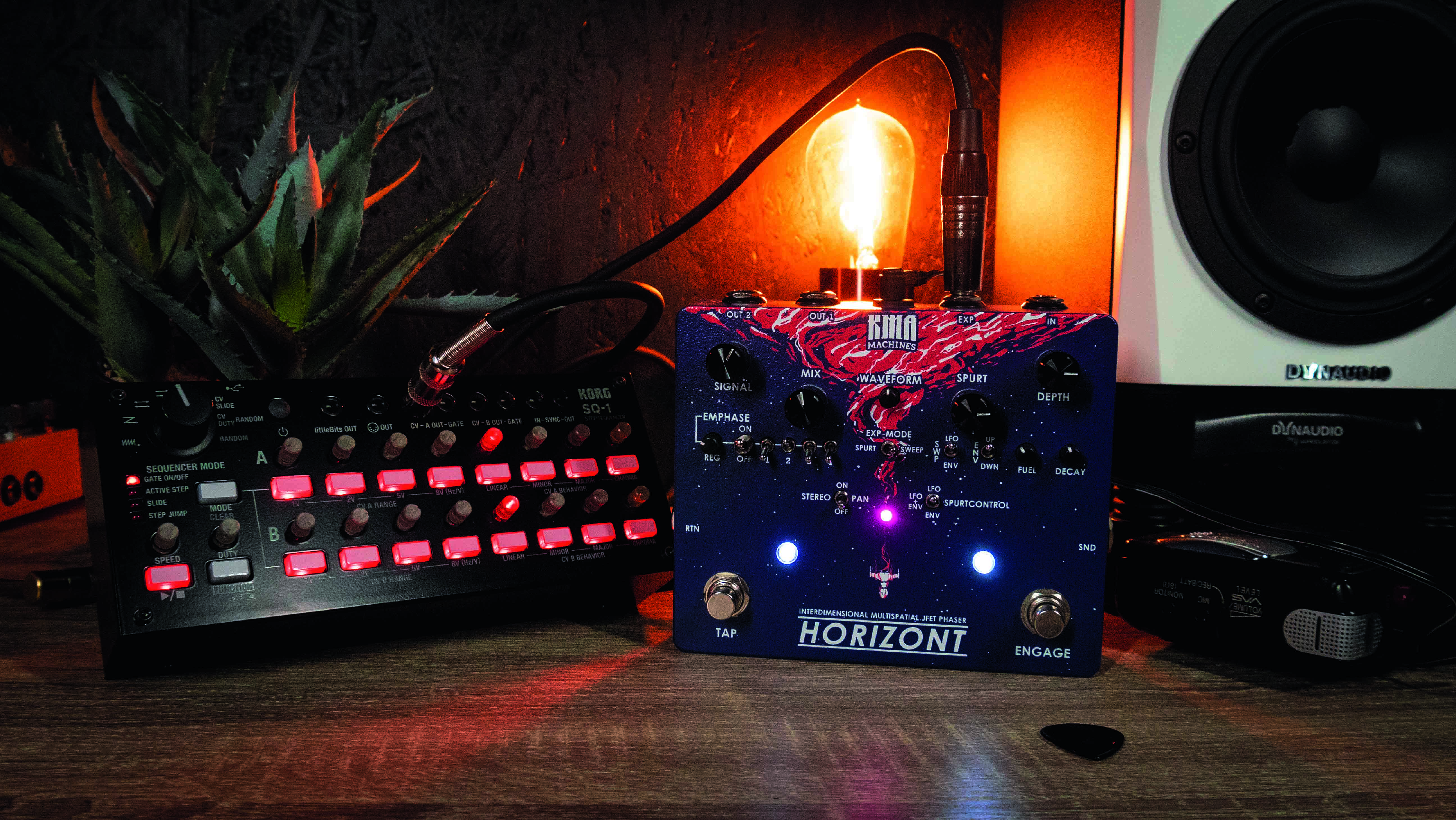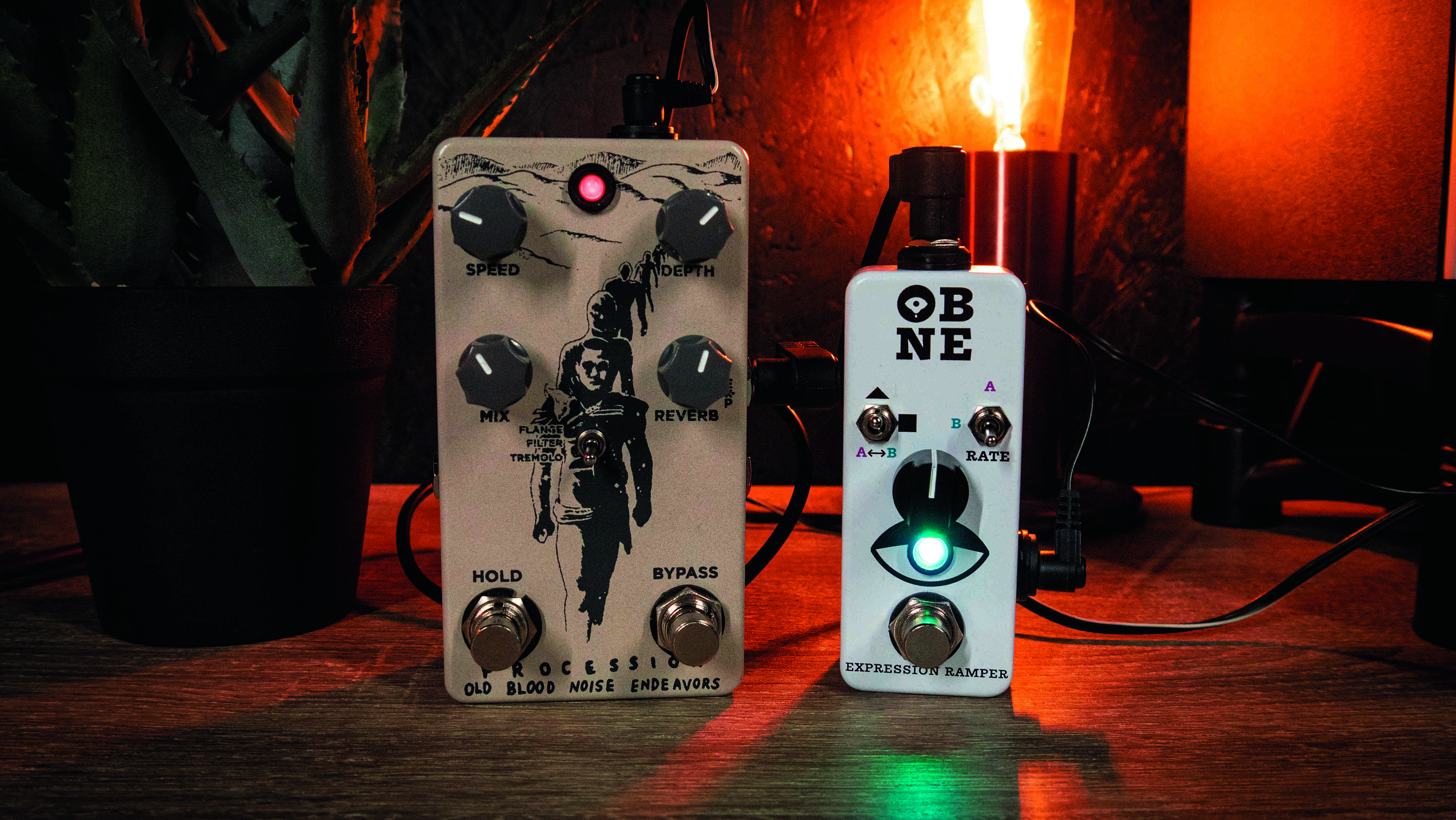How to unlock the potential of guitar expression pedals
Stefan Fast of YouTube channel ThePedalZone goes on a trip to the creative playground that is expression. Modern technology is taking it to the next level
The joy of manipulating your tone hands-free in real-time was once reserved for treadle-based effects pedals such as the wah and Whammy, or expensive rack-based effects. The world of pedals has come such a long way over the recent years, however, that it’s more or less become the norm – rather than the rare unicorn-like exception it once was – for a pedal to have some sort of expressive capabilities either via ‘expression control’ or ‘control voltage’.
So, let’s take a look at some of the different expression devices out there and how I like to use them. But first, I’ll quickly break down the differences between expression and control voltage...
Expression Vs control voltage

The easiest way to clarify the difference between the two is to see expression as a passive control method and CV as an active control method
You’ve probably encountered expression control before, but maybe the world of control voltage (aka CV) is new to you. Both are methods that allow you to control parameters on your pedals, but where all pedals with expressive capabilities can handle expression, not all can handle CV.
The easiest way to clarify the difference between the two is to see expression as a passive control method and CV as an active control method.
A device such as an expression pedal receives a reference voltage from the effect pedal it’s connected to, and then divides that voltage through the use of a resistor, which is the potentiometer inside the expression pedal.
CV, on the other hand, actually sends alternating current directly to the pedal in order to control it. This means that if you’re using CV with a pedal that’s not designed to take this voltage, you can potentially fry it. So be careful out there! It’s a wild sonic world.
This already creates a clear distinction between the possibilities and uses of the two. Expression leans more towards fluid and organic movements from minimum to maximum, whereas CV allows for extreme precision within the entire expression range due to its ability to send pin-point voltage values.
Get the MusicRadar Newsletter
Want all the hottest music and gear news, reviews, deals, features and more, direct to your inbox? Sign up here.
Expression pedals

I’m pretty sure most of us have dabbled with an expression pedal. I personally really like to use expression pedals to control filters, such as the Death By Audio Evil Filter, for slow synthy filter sweeps, or for maxing out the reverb mix on something like the EarthQuaker Devices Avalanche Run to go from a subtle intimate space to a swelling ambient landscape. It’s also great for ramping up the speed on modulation pedals to add flair to specific lines and phrases.
Expression is also fun with high- end digital effects such as Meris or Empress since they give you expression control over every single parameter at the same time. This allows you to seamlessly morph between two completely different preset sounds on the fly.
CV Sequencers

CV stems from the world of synthesis where a lot of synths and drum machines are able to receive CV, allowing sequencers to trigger them automatically. Within the world of effects, it can be used to create very specific step patterns. An affordable option to enter this world is something like the Korg SQ-1. If you want something that’ll fit right in with the rest of your pedals then the Electro- Harmonix 8 Step Program or Empress Effects Zoia are solid solutions.
CV Sequencers are great for things like filters/phasers or pitch shifters/ harmonizers. A CV sequencer set to control the frequency on a filter/ phaser pedal like the KMA Machines Horizont will break the smooth LFO (low-frequency oscillation) and turn it into a bubbly and synthetic step filter. With a harmonizer such as the Meris Hedra, you can set the sequencer to jump between very specific pitch intervals, letting you create a multi- note sequence from a single guitar note, only limited by the amount of steps on your sequencer.
They are also great for getting random tape-like modulation if you set it to control the depth on a vibrato pedal such as the SolidGoldFX NU-33 and just have it quickly run through different depth settings.
Digitally controlled expression


Your pedalboard's new secret weapon? Old Blood Noise Endeavours reveals the Expression Ramper
A newer breed in the expressive world is digital LFO controlled expression, which, to me, is the perfect bridge between expression and CV. It’s also perfect for people who don’t want to mess with CV but still want the ability to produce more creative and precise expressive movements.
The latest addition to this category is the Old Blood Noise Endeavors Expression Ramper, which allows you to set two different expression points and then have either a triangle or square wave LFO automatically move between the two points.
This allows for 100 per cent repeatable movements that can be much faster or much slower than anything a human could possibly produce with an expression pedal. It’s really cool with tremolo, for instance, where the triangle LFO can create organic rising and falling speed changes, or you can set it to square for abrupt instant speed jumps.
You can also use a slow triangle LFO to move between two slightly offset delay times on a delay pedal. That way you can turn a pristine digital delay into a modulated, hazy tape-like echo. If you have a shimmer reverb with expression control over the mix, such as the EarthQuaker Devices Astral Destiny, then you can also create a unique shimmer tremolo by setting the square wave to quickly turn the mix up and down.
How to create sinister guitar tones with your effects pedals
“A pedal that sings with harmonic richness and blooming touch response”: Tone King offers up boutique tube amp tones for your pedalboard with the Imperial Preamp
“Each and every unit is perfectly dialled in to the 'sweet spot' that can be so elusive to find in vintage pedals”: Pigtronix’s Gas Giant is a high-gain fuzz pedal with a FET-driven onboard noise gate









